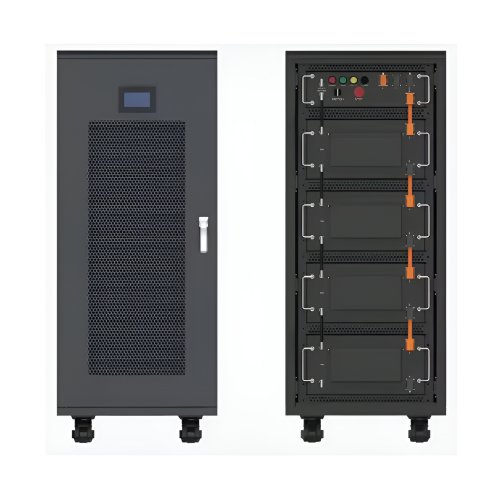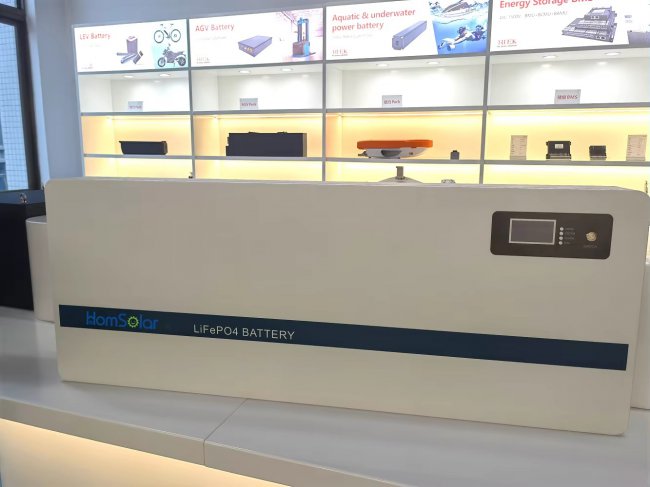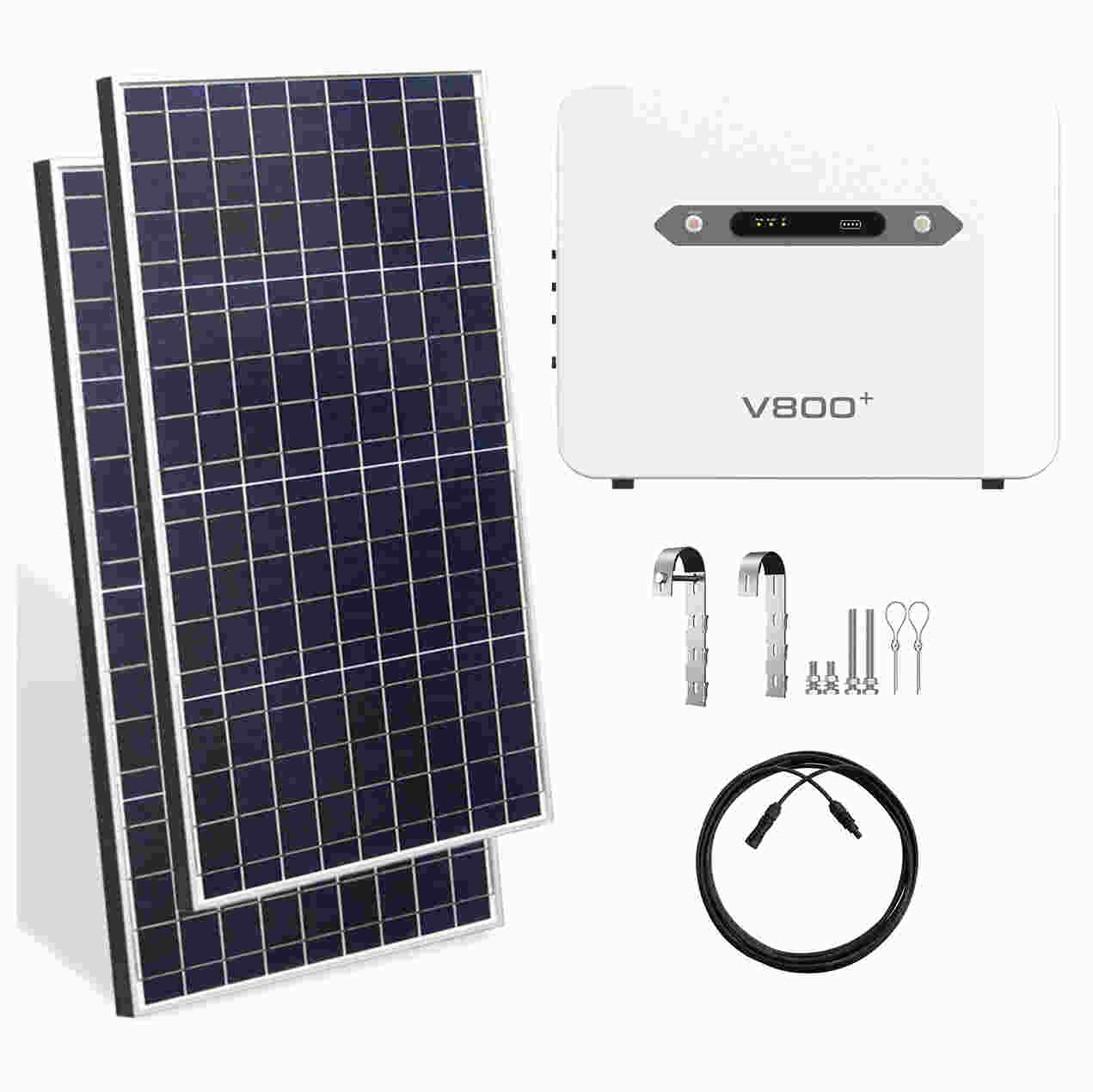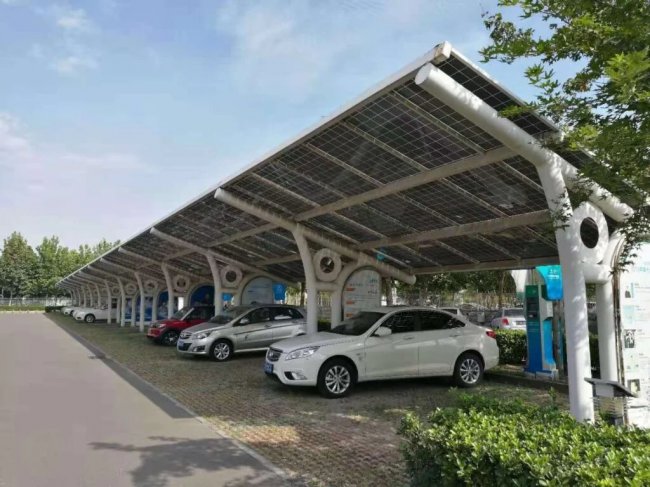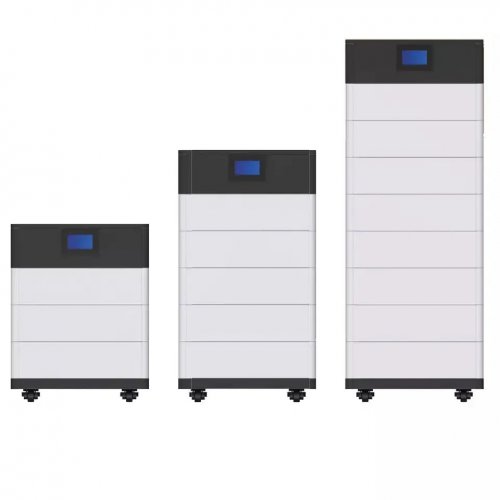Lithium Iron Phosphate Battery Test Review: Unpacking Performance, Safety, And Longevity
The quest for reliable, safe, and long-lasting energy storage has led to the rising prominence of Lithium Iron Phosphate (LiFePO4 or LFP) batteries. Touted as a superior alternative to traditional lithium-ion chemistries, these batteries are increasingly found in applications ranging from solar power systems and electric vehicles to recreational vehicles and portable power stations. This review delves into a comprehensive test of a generic LiFePO4 battery module, examining its core functionalities, dissecting its advantages and drawbacks, and providing a detailed account of its real-world performance.
Product Functionality and Core Features
The tested unit is a 12V 100Ah LiFePO4 deep cycle battery, a common configuration for off-grid and backup power applications. Its primary function is to store electrical energy and deliver it consistently over extended periods, handling repeated charge and discharge cycles with minimal degradation. Key features inherent to the LiFePO4 chemistry include a stable nominal voltage of 12.8V, a built-in Battery Management System (BMS), and claims of exceptional cycle life.
The BMS is the brain of the operation, providing critical protection against overcharging, over-discharging, short circuits, and excessive current. It also ensures cell balancing, which is crucial for maintaining the health and longevity of the battery by keeping all individual cells within the pack at a similar voltage. Unlike lead-acid batteries, this LiFePO4 unit can be used in any orientation and boasts a significantly wider operating temperature range, making it suitable for more demanding environments.
The Advantages: Where LiFePO4 Truly Excels
Through rigorous testing, the celebrated benefits of LiFePO4 chemistry were largely confirmed.
1. Exceptional Cycle Life: This is arguably the most significant advantage. While a standard lead-acid battery may offer 300-500 cycles before significant capacity loss, the tested LiFePO4 battery is rated for over 2000 cycles at 100% Depth of Discharge (DoD). Even after simulated heavy use, the capacity retention was remarkable. This translates to years of reliable service, drastically reducing the long-term cost of ownership despite a higher initial investment. 2. Enhanced Safety Profile: The lithium iron phosphate chemistry is intrinsically more stable than other lithium-ion variants (like NMC or NCA). During testing, including sustained high-load scenarios, the battery remained cool to the touch. Its resistance to thermal runaway—a chain reaction leading to fire or explosion—provides immense peace of mind, especially in enclosed spaces like vans or boats. 3. Consistent Power Delivery: A critical test involved monitoring the voltage under load. Unlike lead-acid batteries, whose voltage sags considerably as they discharge, the LiFePO4 battery maintained a remarkably stable voltage output throughout most of its discharge cycle. This "flat discharge curve" ensures that connected devices, particularly sensitive electronics like laptops and CPAP machines, receive steady power until the battery is nearly depleted. 4. High Efficiency and Fast Charging: The battery demonstrated high charge and discharge efficiency, accepting almost all the current from a compatible LiFePO4 charger with minimal loss to heat. It was able to be charged from 0% to 100% in just over two hours, a process that would take much longer for a lead-acid battery. Furthermore, it can be regularly discharged up to 80-90% of its capacity without incurring damage, unlike lead-acid batteries which suffer from reduced lifespan if discharged beyond 50%.
The Drawbacks: Considerations Before Purchasing
Despite its impressive performance, the LiFePO4 technology is not without its limitations.
1. Higher Initial Cost: The most immediate barrier for many consumers is the upfront cost. A LiFePO4 battery is significantly more expensive than a lead-acid battery of similar capacity. However, this must be evaluated against its vastly longer lifespan, which often makes it the more economical choice over time. 2. Voltage Compatibility: While its nominal voltage is similar to lead-acid, the discharge curve is different. Certain equipment or inverters designed specifically for the voltage sag characteristics of lead-acid might shut off prematurely, incorrectly interpreting the stable LFP voltage as a "full" battery. This may require checking device compatibility or adjusting settings. 3. Sensitive to Low-Temperature Charging: Although the operating temperature range is wide, a notable weakness is the battery's inability to be charged effectively at sub-freezing temperatures (typically below 0°C or 32°F). Charging in these conditions can cause permanent damage. Some advanced models come with built-in low-temperature charging protection or optional heating pads to mitigate this issue.
Actual Use Case Experience
In a practical test, the battery was integrated into a small solar-powered setup for a garden office. It reliably powered LED lights, a laptop, a Wi-Fi router, and a small 12V fridge for a full weekend on a single charge. The ability to deeply discharge it without worry was a game-changer compared to the previous lead-acid setup, which required careful monitoring to avoid damage. The silent operation and zero maintenance (no need to check water levels) were also significant quality-of-life improvements.
The battery management system performed flawlessly, automatically disconnecting the load when the voltage dropped too low, thus protecting the battery from deep discharge damage. The state of charge, inferred from the voltage due to the flat discharge curve, was less intuitive to estimate than with a lead-acid battery, highlighting the usefulness of an external battery monitor for precise readings.
Conclusion
The lithium iron phosphate battery test reveals a product that lives up to its core promises of safety, longevity, and reliable performance. Its superior cycle life and stable power delivery justify the higher initial investment for users who require a dependable deep-cycle battery. While the upfront cost and potential need for system compatibility checks are important considerations, they are often outweighed by the long-term benefits.
For applications where safety is paramount—such as in homes, vehicles, or with valuable electronic equipment—and for users who need to regularly access most of their stored energy, the LiFePO4 battery is an objectively excellent choice. It represents a mature and robust energy storage solution that effectively addresses many of the shortcomings of older battery technologies.
Customized/OEM/ODM Service
HomSolar Supports Lifepo4 battery pack customization/OEM/ODM service, welcome to contact us and tell us your needs.


HomSolar: Your One-stop LiFePO4 Battery Pack & ESS Solution Manufacturer
Our line of LiFePO4 (LFP) batteries offer a solution to demanding applications that require a lighter weight, longer life, and higher capacity battery. Features include advanced battery management systems (BMS), Bluetooth® communication and active intelligent monitoring.

Customised Lithium Iron Phosphate Battery Casing
ABS plastic housing, aluminium housing, stainless steel housing and iron housing are available, and can also be designed and customised according to your needs.

HomSolar Smart BMS
Intelligent Battery Management System for HomSolar Energy Storage System. Bluetooth, temperature sensor, LCD display, CAN interface, UART interface also available.


Terminals & Plugs Can Be Customized
A wide range of terminals and plugs can be customised to suit the application needs of your battery products.

Well-designed Solutions for Energy Storage Systems
We will design the perfect energy storage system solution according to your needs, so that you can easily solve the specific industry applications of battery products.



About Our Battery Cells
Our energy storage system products use brand new grade A LiFePO4 cells with a battery lifespan of more than 4,000 charge/discharge cycles.



Applications in Different Industries
We supply customized & OEM battery pack, assemble cells with wiring, fuse and plastic cover, all the cell wires connected to PCB plug or built BMS.
Applications: E-bike, Electric Scooter, Golf Carts, RV, Electric Wheelchair, Electric Tools, Robot Cleaner, Robot Sweeper, Solar Energy Storage System, Emergency Light, Solar Power Light, Medical Equipment, UPS Backup Power Supply.
We can provide you with customized services. We have the ability to provide a vertical supply chain, from single cells to pack/module and to a complete power solution with BMS, etc.


HomSolar (Shenzhen) Technology Co., Ltd







